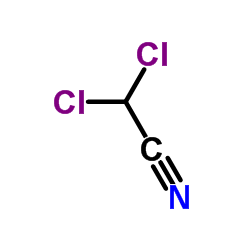| Structure | Name/CAS No. | Articles |
|---|---|---|
 |
Dichloroacetonitrile
CAS:3018-12-0 |
|
 |
dibromoacetonitrile
CAS:3252-43-5 |